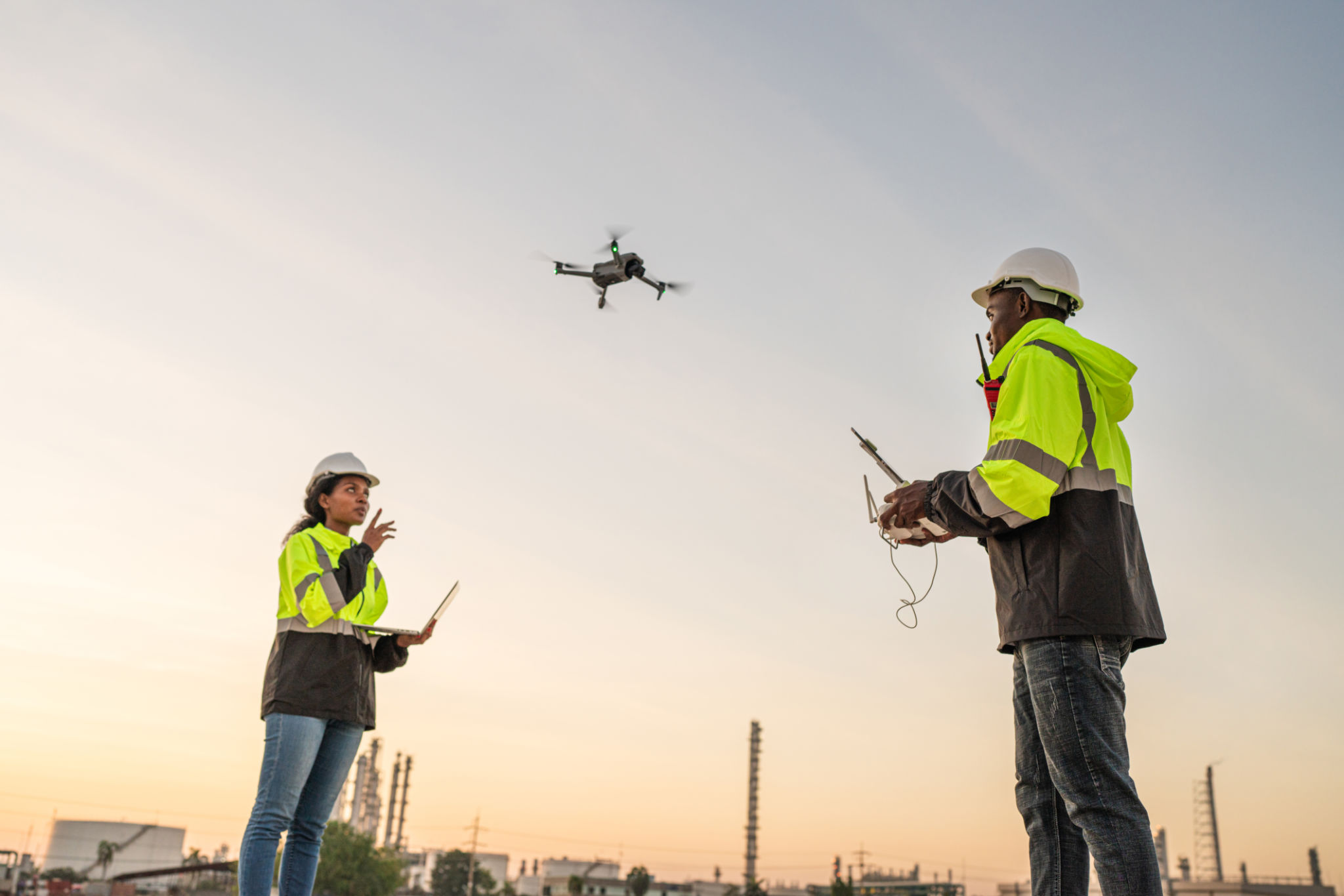Understanding the Regulations for Drone Cinematography in Australia
JW
Introduction to Drone Cinematography Regulations
Drone cinematography has revolutionized the way we capture stunning aerial footage, offering new perspectives and creative possibilities. However, understanding the regulations surrounding drone use is crucial to ensure safety and compliance, particularly in Australia, where specific rules govern drone operations.
The Role of CASA in Drone Regulation
The Civil Aviation Safety Authority (CASA) is the regulatory body responsible for overseeing drone operations in Australia. CASA sets the rules to ensure that drones are used safely and do not pose risks to people, property, or other aircraft. Familiarizing yourself with these regulations is essential for anyone involved in drone cinematography.

Basic Operational Rules
When operating drones for cinematography, certain basic rules must be followed. These include:
- Keeping your drone within visual line-of-sight.
- Flying only during daylight hours and in suitable weather conditions.
- Not flying over populous areas or within 30 meters of people.
- Keeping the drone below 120 meters (400 feet) above ground level.
- Not flying within 5.5 kilometers of a controlled airport.
Adhering to these rules helps mitigate risks and ensures that your drone operations are safe and legal.
Licensing and Certification Requirements
For commercial drone cinematography, operators may need to obtain specific licenses or certifications. The most common is the Remote Pilot License (RePL) and the Remote Operator's Certificate (ReOC). These certifications demonstrate that the operator has the necessary skills and knowledge to fly drones safely for commercial purposes.

Understanding No-Fly Zones
Australia has designated no-fly zones where drone operations are restricted or prohibited. These include areas like:
- Military bases
- National parks
- Emergency operations
It's crucial to check for any restricted airspace before launching your drone to avoid hefty fines and ensure compliance with safety regulations.
Insurance and Liability Considerations
While not always mandatory, obtaining insurance for drone operations is highly recommended. Insurance can cover potential damages or liabilities arising from accidents or mishaps during cinematography shoots. This is especially important for commercial operations, where risks may be higher.

Keeping Up with Regulatory Updates
The landscape of drone regulations is continually evolving. It's important for drone operators to stay informed about any changes or updates to the laws. Subscribing to updates from CASA or joining local drone operator groups can be beneficial in staying up-to-date with the latest information.
Conclusion
Understanding and adhering to the regulations for drone cinematography in Australia is crucial for both safety and legal compliance. By familiarizing yourself with CASA's guidelines and obtaining the necessary certifications, you can ensure a successful and hassle-free drone operation. Whether for personal enjoyment or professional projects, staying informed and prepared is key to capturing breathtaking aerial footage responsibly.
